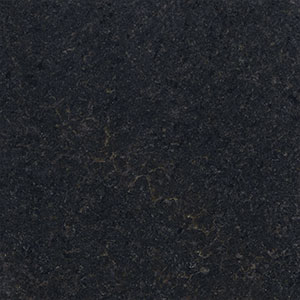Located between Seattle’s hip Belltown and South Lake Union neighborhoods, Via6 is Seattle's largest residential/retail complex.
Located between Seattle’s hip Belltown and South Lake Union neighborhoods, Via6 is Seattle's largest residential/retail complex.
“From the beginning our client wanted to communicate the high-end quality of the building by using high-quality materials,” said Steve Nordlund AIA, the project’s lead architect for GGLO. “We wanted people to see and feel the richness and depth of the stone as they approached and then interacted with the building.”
Given the size of the complex, this design intent required a large quantity of stone and utilized multiple finishes. From ground level, four different stones with rich, hand-textured finishes cover a vertical height between 15 and 19 feet – the varied color and texture palette adding to the overall elegance of the design.
“Yellow Mountain StoneWorks was able to provide excellent value given the amount of stone and hand-work required,” said Nordlund. “They really made it possible for us to use stone; otherwise we would have had to use a less desirable material that wouldn’t have had nearly the same level of evident quality.”
“The project was complex on several levels,” said John Williams, Yellow Mountain StoneWorks’ co-owner and president. “Most profoundly was the fact that almost no two modules of stone were the same.” Many of the pieces of Ink Jade Limestone, Ginseng Cream Limestone, Grand Tortoise Limestone, and Columbia Black Granite were cut to fit around windows and doors, and corner pieces had to be precisely cut and jointed to achieve the desired monolithic aesthetic. Additionally, the organic characteristics found limestones, including fossils, veining and variations in color, can be more apparent in larger pieces of stone.*
“Fabricating stone on a project like Via6 is a continual balance between many factors,” said Williams. “We are constantly looking at the realities of the stone, the design intent, and the budget and timeline. Large scale projects like this highlight the difference between manufacturing and art.”
*For more information about how Yellow Mountain StoneWorks works with clients to understand and work with the variables of limestones, read our Journal post, “Great Expectations.”












